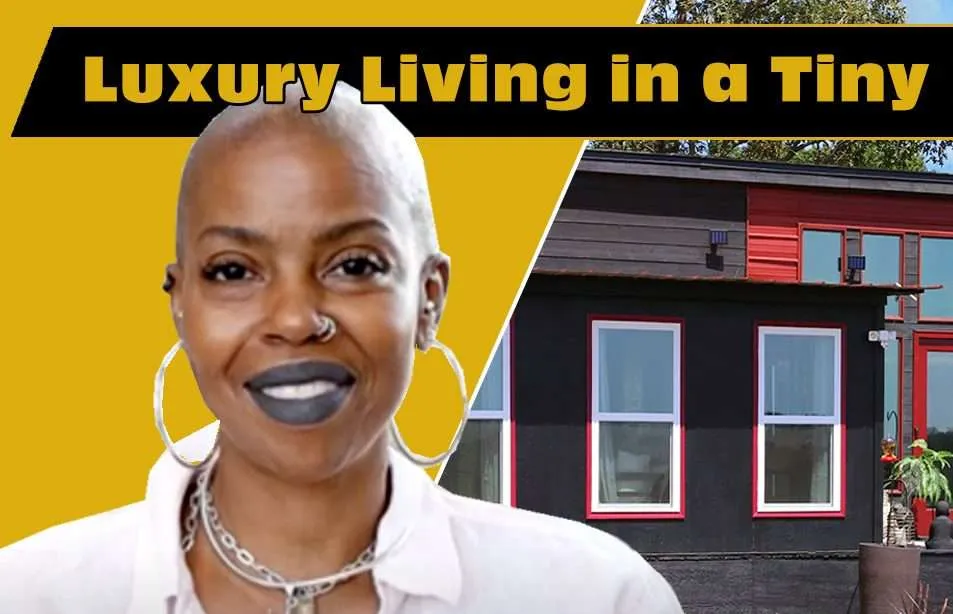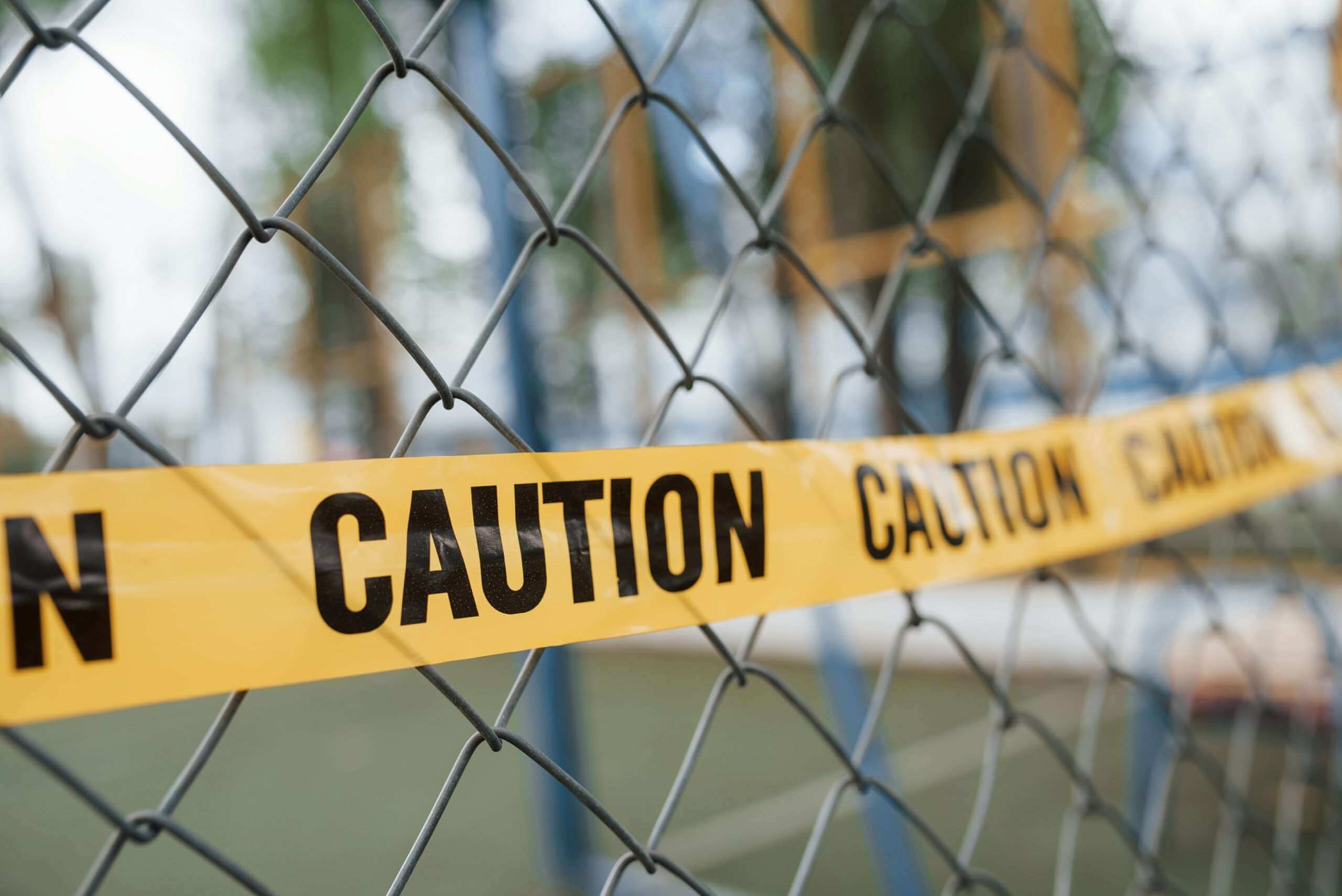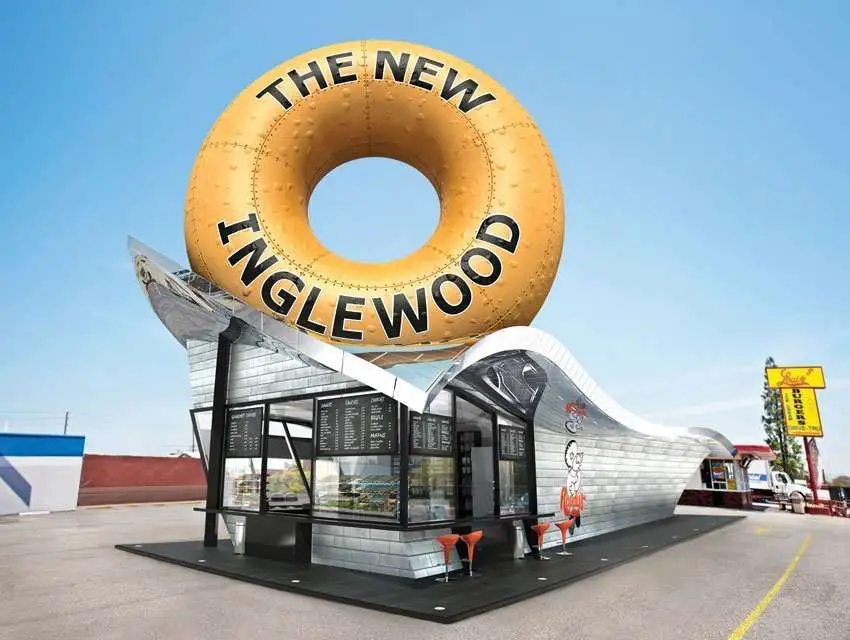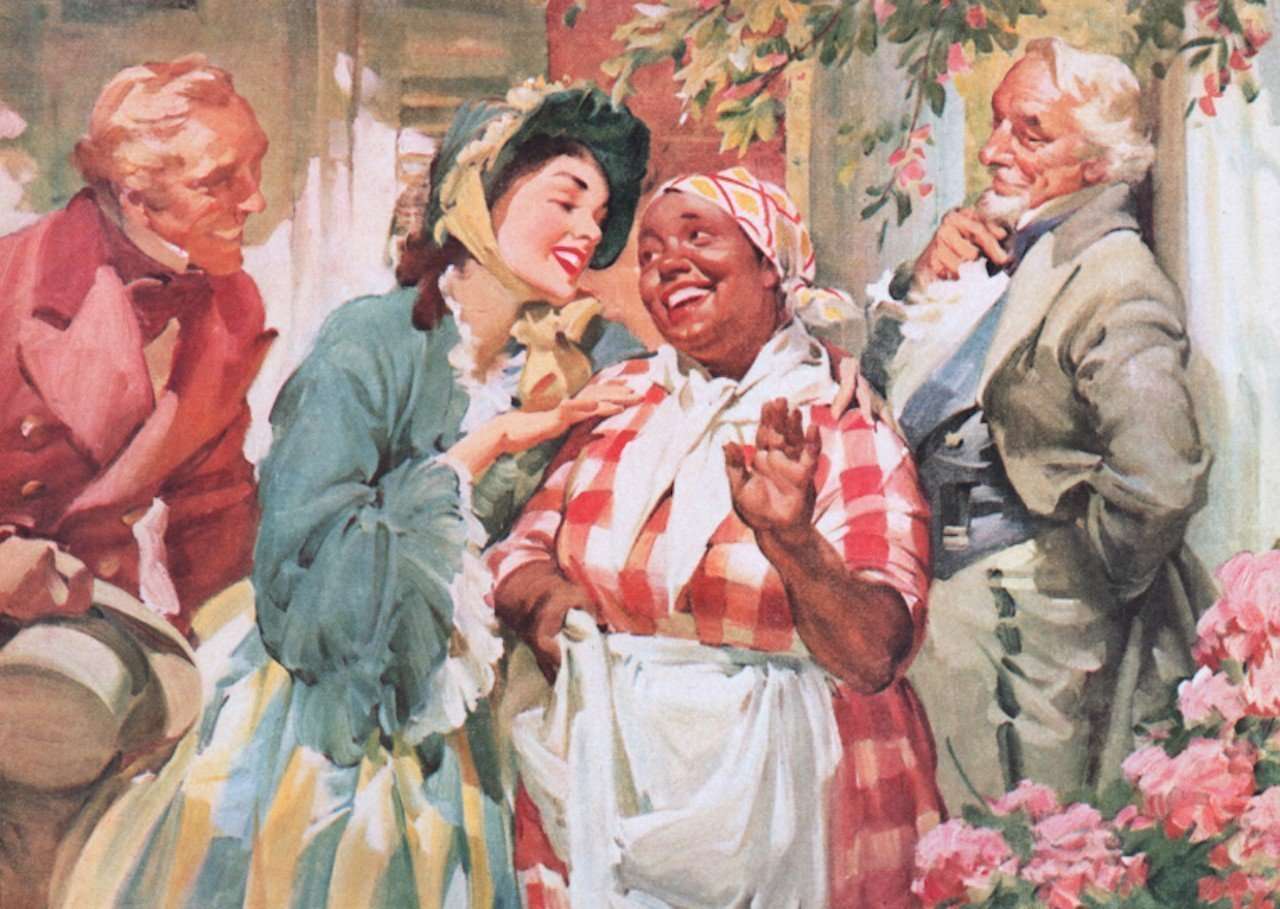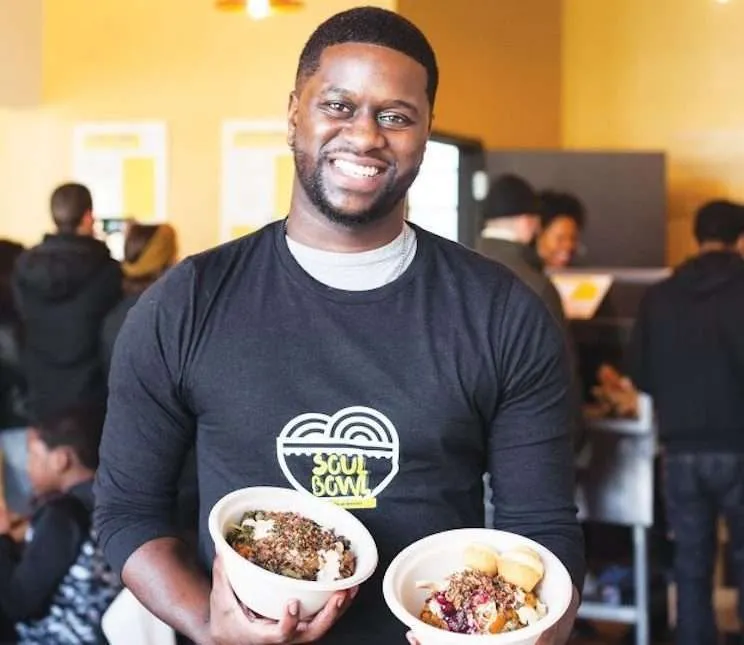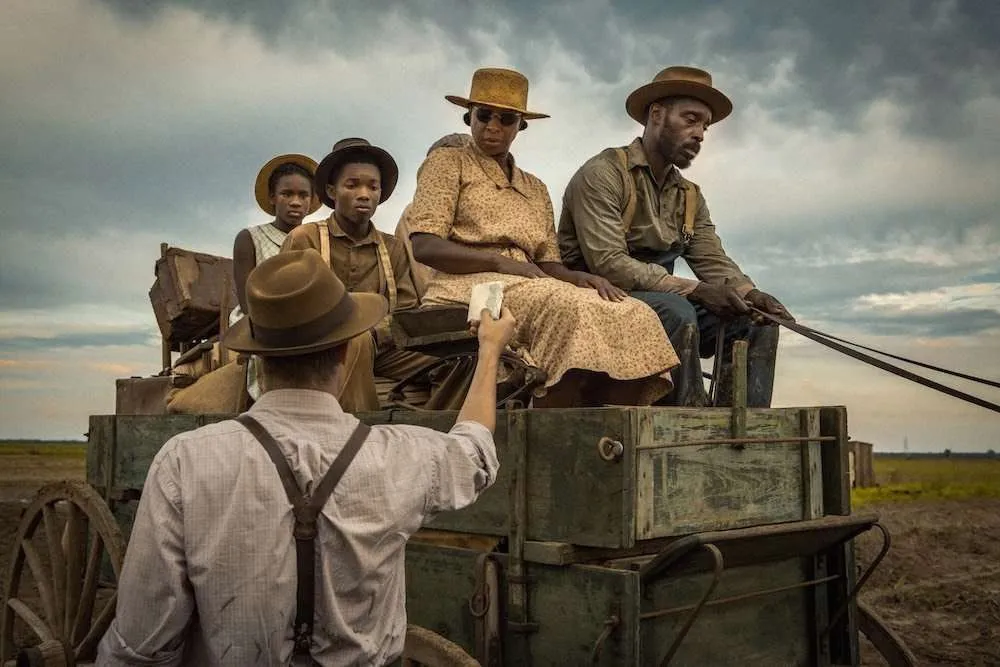Featured
The Silent Parade of 1917: Why the Forgotten March Matters
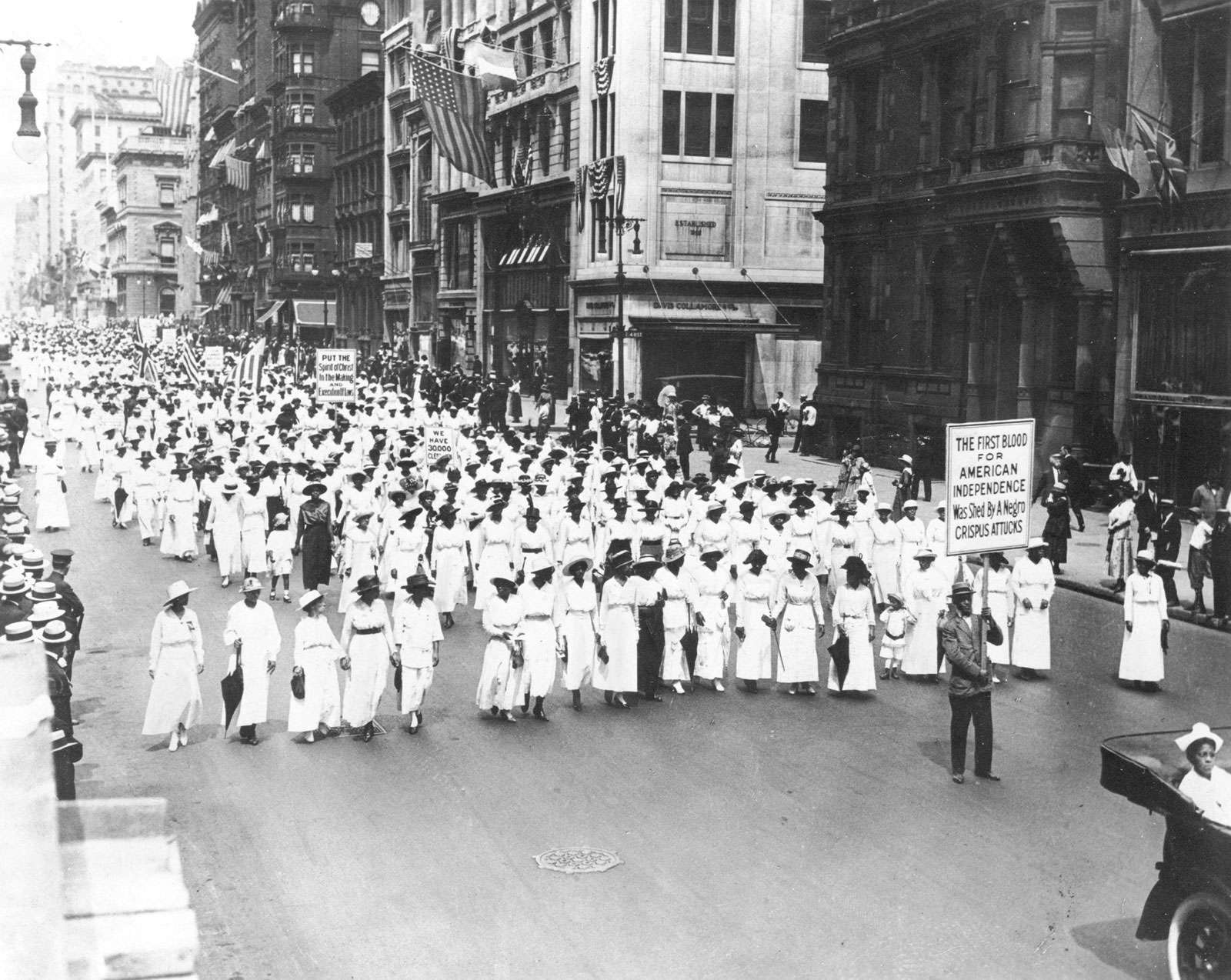
The Negro Silent Protest Parade took place on July 28th of 1917 during the Harlem Renaissance. It was a response to rioters attacking Black residents and their homes in East St. Louis and lynchings in Waco and Memphis. The riots left hundred dead, hundreds more injured, and thousands of African Americans fleeing their homes as they were being burned to the ground.
The response to these riots is what is now a legendary protest, The Silent Parade of 1917, a catalyst to several civil rights protests of the last century.
East St. Louis riots
In East St. Louis, Illinois, thousands of white men began attacking Black homes in what is now called the East St. Louis riots. The Aluminum Ore Company had recruited hundreds of Black workers when the white workers voted to go on strike in the Spring of 1917. Bad situation was made even worst when rumors of black men and white women socializing spread, infuriating the white men.
The riots came in two waves.
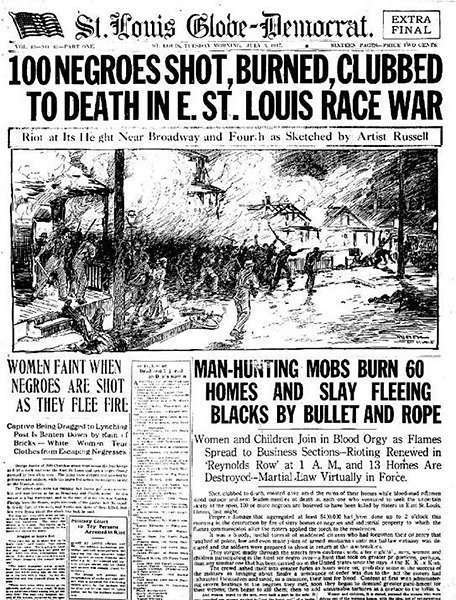 The first wave of attacks came in May, when 3000 men descended on the downtown area. The National guard was called and there was some calm for the next several weeks. A more deadly second wave took place on July 2nd.
The first wave of attacks came in May, when 3000 men descended on the downtown area. The National guard was called and there was some calm for the next several weeks. A more deadly second wave took place on July 2nd.
Earlier in the day, several white men traveling in a car had shot into a crowd of Black people. When another car, this one carrying police and a reporter, drove into the same part of the Black neighborhood, Black residents opened fire, killing two passengers.
For the next 24hrs, a mob descended on black neighborhoods, indiscriminately beating, stabbing, shooting, and lunching any Black person they could get their hands on.
RELATED: 5 Commonly Misunderstood Civil Rights Movement Facts
The riots resulted in the death and injury of hundreds of Black people and the destruction of properties valued at over $8 million today. An estimated 6,000 Black people were also left homeless.
What was the police and National Guard response when the riots raged on? Indifference.
According to impartial witnesses, as reported by the Post-Dispatch of St. Louis, the police were indifferent or even encouraged the rioters at times. “No organized effort was made to protect the Negroes or disperse the murdering groups. Ten determined officers could have prevented most of the outrages. One hundred men acting with authority and vigor might have prevented any outrage.”
A reporter for the newspaper wrote the following on July 3, 1917: “For an hour and a half last evening I saw the massacre of helpless negroes at Broadway and Fourth Street, in downtown East St. Louis, where black skin was death warrant.”
Marcus Garvey called the riots “one of the bloodiest outrages against mankind.” He added: “This is no time for fine words, but a time to lift one’s voice against the savagery of a people who claim to be the dispensers of democracy.”
A legendary mass African American protest
NAACP, founded just eight years earlier by W.E.B. Du Bois, and other influential community leaders began discussing how to protest the riots and other heinous acts occurring against Black people around the country. The idea of a silent protest was proposed by prominent leader James Weldon Johnson. Black women had participated in silent protests before, during women suffrage movement.
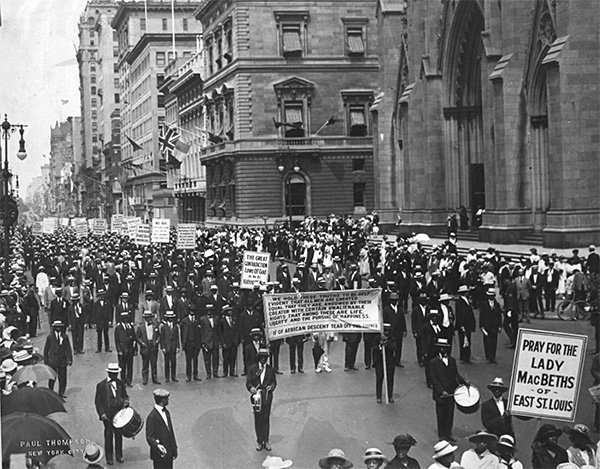 On July 28th, 1917, NAACP organized the Silent March down Fifth Avenue, New York, that included about 10,000 Black men, women, and children. The protesters marched behind a row of drummers and carried banners calling for justice and equal rights. The only sound heard was the sound of muffled drums.
On July 28th, 1917, NAACP organized the Silent March down Fifth Avenue, New York, that included about 10,000 Black men, women, and children. The protesters marched behind a row of drummers and carried banners calling for justice and equal rights. The only sound heard was the sound of muffled drums.
RELATED: The Story of the First African American to Appear on a U.S. Coin
The participants carried signs that read: Mothers, do lynchers go to heaven?, Give me a chance to live, Thou Shalt Not Kill, and Your hands are full of blood.
James Weldon Johnson was a key organizer of the protest. During the parade, Boy Scouts passed out flyers describing the NAACP’s struggle against the segregation, lynching, discrimination, and other forms of racial oppression. These flyers also outlined the goals and objectives of the march. It read:
We march because by the Grace of God and the force of truth, the dangerous, hampering walls of prejudice and inhuman injustices must fall.
We march because we want to make impossible a repetition of Waco, Memphis, and East St. Louis, by arousing the conscience of the country and East St. Louis, by arousing the conscience of the country and bringing the murders of our brothers, sisters, and innocent children to justice.
We march because we deem it a crime to be silent in the face of such barbaric acts.
We march because we are thoroughly opposed to Jim-Crow Cars, Segregation, Discrimination, Disfranchisement, Lynching, and the host of evils that are forced on us. It is time that the Spirit of Christ should be manifested in the making and execution of laws.
We march because we want our children to live a better life and enjoy fairer conditions than have fallen to our lot.
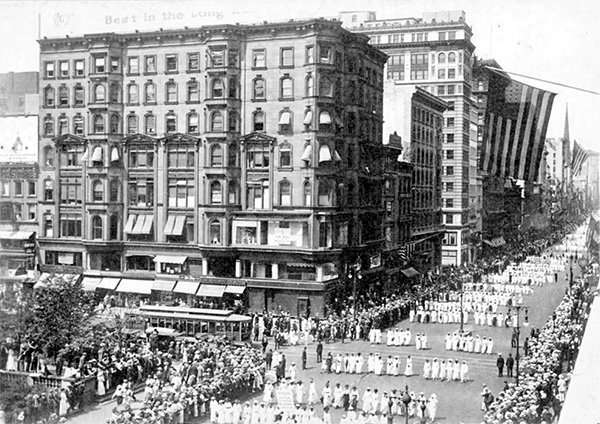 Protesters demanded that President Woodrow Wilson create legislation that aims to protect the lives of Black people around the country. At that point, the NAACP estimated that more than 2,800 Black people were lynched over three decades.
Protesters demanded that President Woodrow Wilson create legislation that aims to protect the lives of Black people around the country. At that point, the NAACP estimated that more than 2,800 Black people were lynched over three decades.
The parade also had a dress code that created a scene of unity. Kids led the protest and were dressed in white. They were followed by women, who were also dressed in white. Men wore dark suits and followed at the rear.
The Silent Parade of 1917 was the first large black-only protest parade in New York.
After the march, Black leaders involved in the protest, including Madame C.J. Walker, went to Washington D.C. for a planned meeting with President Wilson. Once they arrived, they were told their appointment was cancelled. They left their petition for the President, which urged him to prevent riots and lynchings across the country.
RELATED: 15 Black Athletes that Changed the World
Setting the stage for civil rights movements to come
In 2017, the 100th anniversary of the Silent Parade was celebrated in various ways. The anniversary was commemorated in various, a Google Doodle was one of them. A surprising number of people learned about the parade for the first time because of the doodle.
Why hasn’t this important protest been as commonly known as other protests and marches?
The Silent Parade of 1917 serves as an inspiration and motivation for other civil rights movements. The peaceful protests and sit ins that emerged in the 1950s and ’60s took inspiration from the Silent Parade.
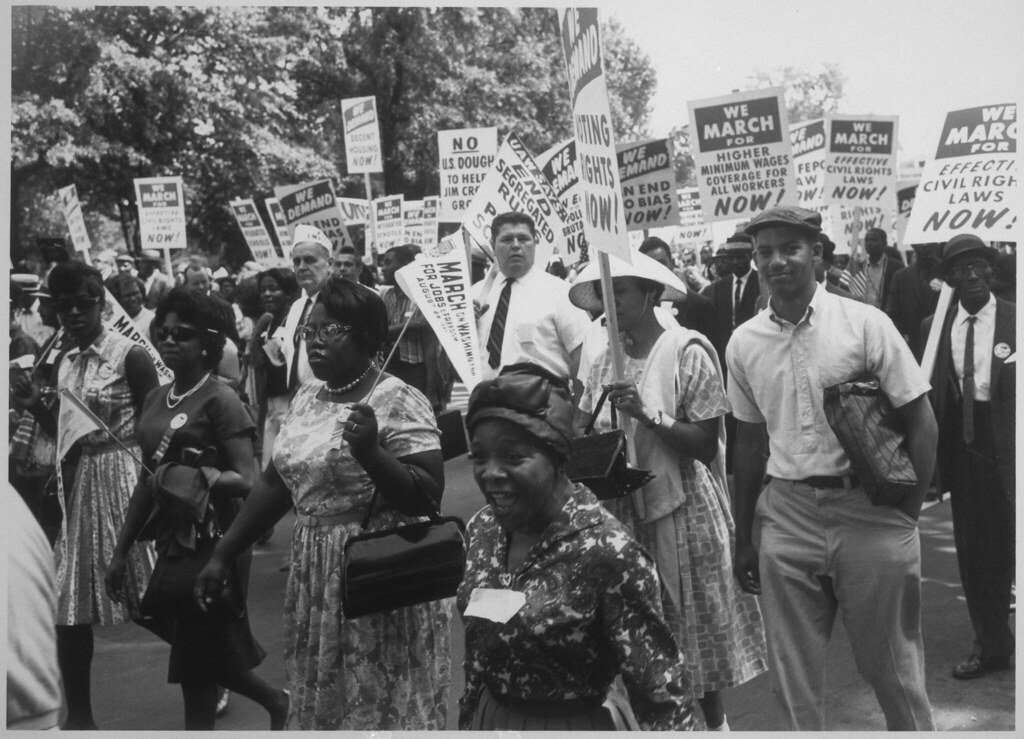
Civil rights march on Washington
Another example is the Black Lives Matter movement, an organization for the velocity of African American life. They are also working to rebuild the black liberation movement. The group was created in 2012 after Trayvon Martin’s murderer, George Zimmerman, was acquitted of his crime and dead 17-year-old Trayvon was placed on trial for his own murder. The movement is actively fighting the dehumanization of African Americans and is calling people to action.
RELATED: African American vs. Black and Why Some Actually Prefer Neither Term
Though it took years and years for the civil rights protests to actually make a difference, the difference they made is part of American and world history. The efforts of the men, women, and children who participated in the Silent Parade of 1917 changed life today.
Resources
–History.com. “Harlem Renaissance”- https://www.history.com/topics/roaring-twenties/harlem-renaissance
–St. Louis Post-Dispatch– https://www.newspapers.com/image/138256466/?spot=5756883
-NAACP History: James Weldon Johnson- https://www.naacp.org/naacp-history-james-weldon-johnson/
-Washington Post: “Google memorializes the Silent Parade when 10,000 black people protested lynchings” https://www.washingtonpost.com/news/retropolis/wp/2017/07/28/google-memorializes-the-silent-parade-when-10000-black-people-protested-lynchings/?noredirect=on


